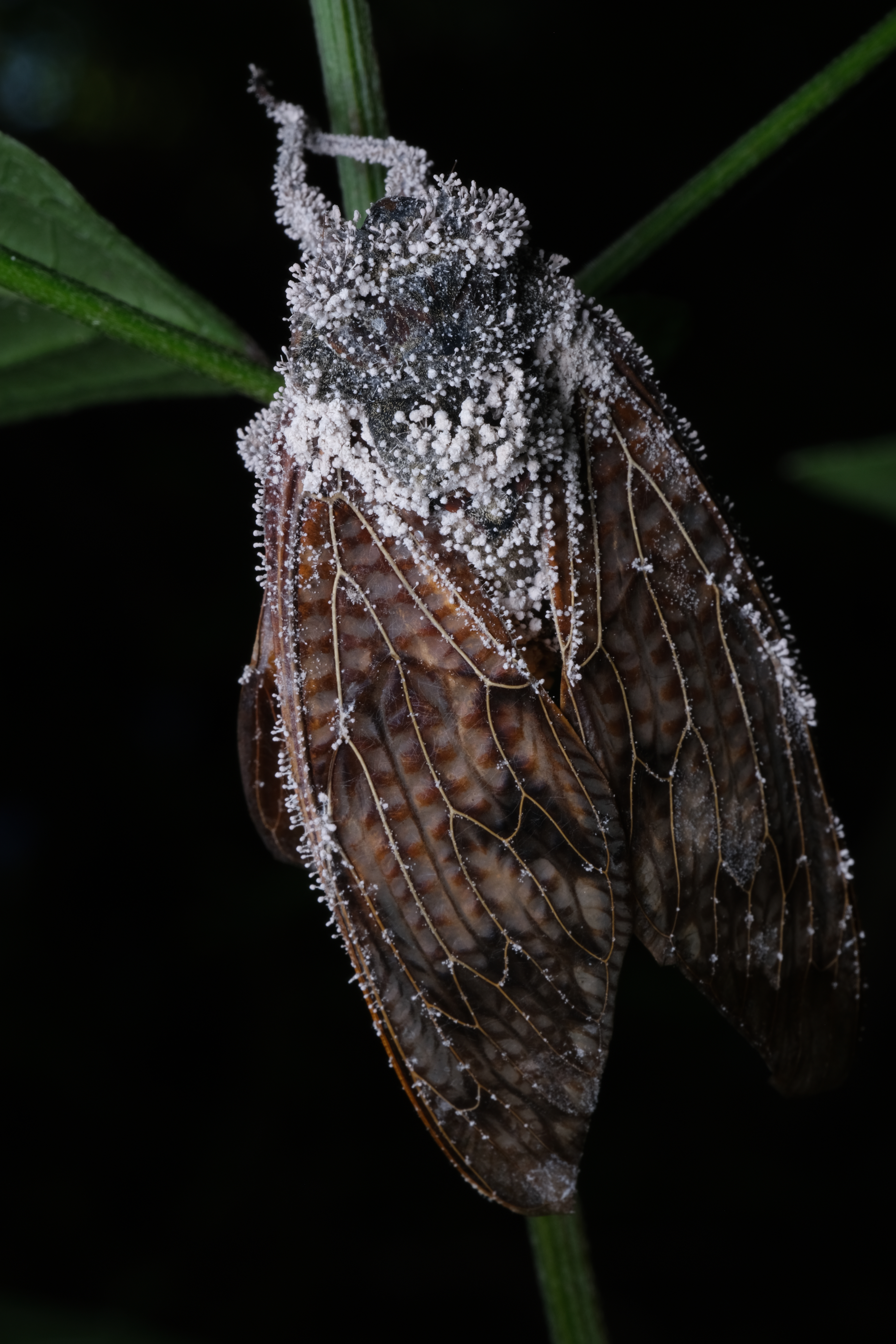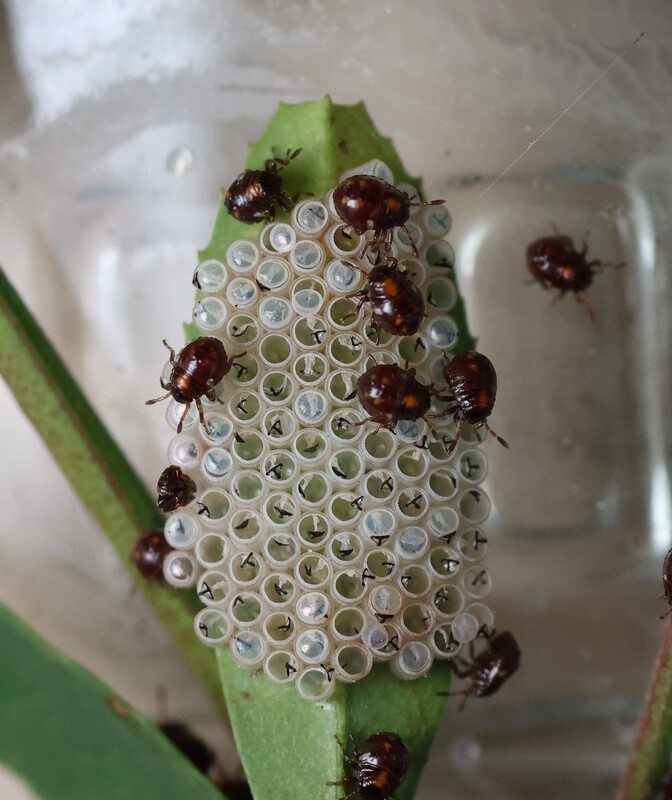Entomology
585 readers
2 users here now
A general community to post things about insects
For more specific communities:
Isopods and Myriapods: !isopodmyriapod@mander.xyz
A community for our eight-legged friends: !arachnology@mander.xyz
founded 2 years ago
MODERATORS
51
52
53
54
55
12
Food, soil, water: how the extinction of insects would transform our planet
(www.theguardian.com)
56
57
58
59
60
61
62
63
64
8
She kills to be kind: the mastermind ecologist eliminating invasive predators
(www.theguardian.com)
65
66
67
68
69
70
71
72
73
74
75
12
Conservationists race to save critically endangered insect found in the River Dee in Wales
(www.buglife.org.uk)








